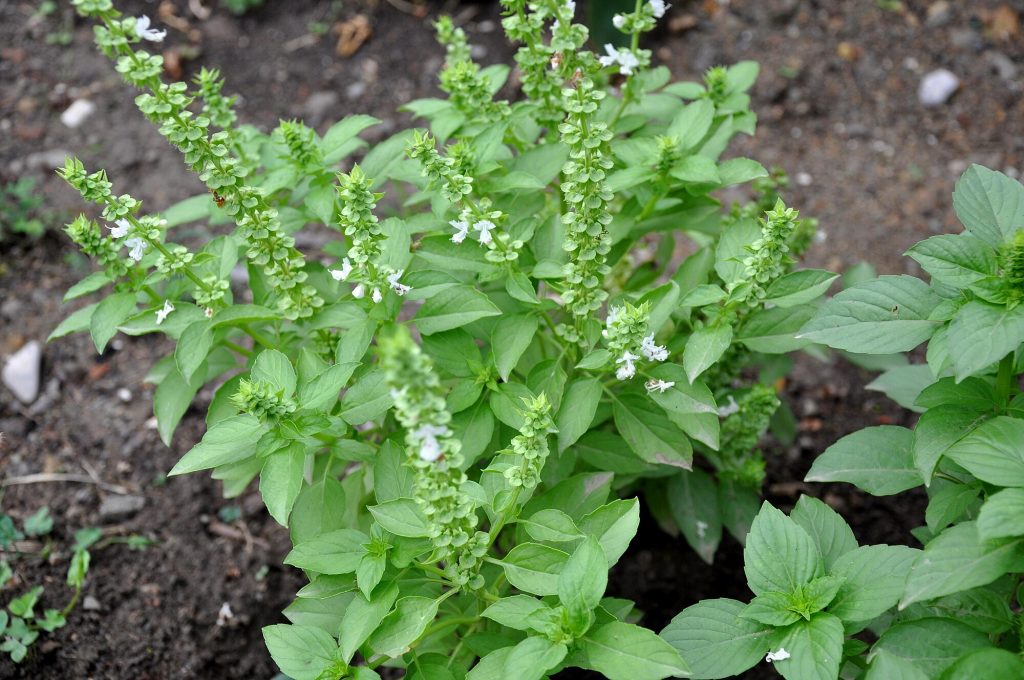
Spice crops are essential components of agricultural systems due to their importance in enhancing the flavor, aroma, and shelf life of food. These crops have historically been part of trade routes and cultural heritage, and they continue to play a major role in both local and global economies. They are cultivated for culinary, medicinal, and industrial purposes, contributing to income generation and food diversity. Study the meaning, characteristics, examples and types of spice crops in agriculture. Discover their uses, economic importance, advantages, and disadvantages.
Table of Contents
- Introduction
- Meaning of Spice Crops
- Types of Spice Crops
- Characteristics of Spice Crops
- Examples of Spice Crops in Agriculture
- Uses and Importance of Spice Crops
- Advantages of Spice Crops
- Disadvantages of Spice Crops
- Revision Questions and Answers
- Conclusion
Meaning of Spice Crops
Spice crops are defined as agricultural plants cultivated for the production of spices, which are plant-derived substances used in small quantities to season, color, preserve, or add fragrance to food. These crops are usually valued more for their flavoring and therapeutic properties than for their nutritional content.
Types of Spice Crops
Spice crops can be grouped based on the part of the plant used:
- Seed spices such as coriander, cumin, and fennel
- Root and rhizome spices like ginger and turmeric
- Bark spices such as cinnamon
- Flower or bud spices including cloves
- Fruit spices like chili pepper and black pepper
- Leaf spices such as bay leaf and scent leaf
This categorization helps you, farmers and processors understand how to manage harvesting and processing stages effectively.
Characteristics of Spice Crops
Spice crops possess the following distinguishing characteristics: these includes;
- They contain essential oils or compounds that produce strong aromas and flavors.
- They are grown in both tropical and subtropical climates.
- Most spices are used in dried or powdered form for longevity and easy storage.
- They vary in their growth cycles; some are annuals, others are perennials.
- Many spice crops have pest-repelling and medicinal qualities.
Examples of Spice Crops in Agriculture
Table of commonly cultivated spice crops.
| Spice Crop | Botanical Name | Primary Use |
|---|---|---|
| Ginger | Zingiber officinale | Cooking, tea, herbal medicine |
| Turmeric | Curcuma longa | Food coloring, flavoring, traditional healing |
| Black Pepper | Piper nigrum | Seasoning in cooking |
| Clove | Syzygium aromaticum | Flavoring, baking, herbal use |
| Cinnamon | Cinnamomum verum | Baking, beverages, curries |
| Coriander | Coriandrum sativum | Cooking and spice blends |
| Cardamom | Elettaria cardamomum | Sweet dishes, beverages, medicine |
| Nutmeg | Myristica fragrans | Baking, sauces, spice mixtures |
| Chili Pepper | Capsicum spp. | Adds heat and flavor to food |
| Bay Leaf | Laurus nobilis | Flavoring stews and soups |
| African Black Pepper | Piper guineense | Spicy soups and stews, medicinal use |
| Scent Leaf | Ocimum gratissimum | Aromatic herb for cooking and herbal teas |
| Alligator Pepper | Aframomum melegueta | Seasoning meats, used in traditional medicine |
| African Nutmeg | Monodora myristica | Local spice for rice dishes and soups |
| Climbing Black Pepper | Piper nigrum var. | Used in pepper soup and seasoning blends |
| Bush Pepper | Piper guineense var. | Culinary uses and health preparations |
| Uziza Leaf | Piper guineense (leaf) | Flavoring spicy soups and sauces |
| Calabash Nutmeg | Tetrapleura tetraptera | Seasoning for local dishes and soups |
Uses and Importance of Spice Crops
Spice crops have a wide range of uses in various sectors:
- Flavoring and enhancing taste in culinary preparations
- Serving as natural preservatives in food storage
- Providing essential oils for perfume and cosmetic industries
- Playing a role in traditional medicine and natural remedies
- Contributing to agricultural export and rural livelihoods
- Being used in pest control and organic farming systems
Advantages of Spice Crops
- Spice crops are high-value crops that require limited land.
- They generate income through local sales and export.
- Many spice crops have medicinal and antimicrobial properties.
- Dried spices have long shelf lives and are easy to transport.
- Spices diversify the cropping system and add value to agriculture.
Disadvantages of Spice Crops
- They are sensitive to humidity and can be spoiled without proper drying.
- High labor is required for harvesting, drying, and packaging.
- Crop diseases or poor post-harvest handling can reduce market value.
- Unstable market prices may affect profitability.
- Limited access to processing equipment may hinder small-scale farmers.
READ ALSO – Types of Oil Crops: Meaning, Characteristics and Examples
Revision Questions and Answers
1. What are spice crops?
Spice crops are plants cultivated for their parts such as roots, seeds, bark, or leaves that are used to flavor, color, or preserve food.
2. List four examples of spice crops.
Ginger, turmeric, black pepper, and alligator pepper.
3. Mention two types of spice crops based on the part used.
Seed spices and root spices.
4. What is the botanical name of African nutmeg?
Monodora myristica
5. State two disadvantages of spice crop farming.
They require careful drying to avoid spoilage, and market prices can fluctuate.
READ ALSO – Examples of fiber Crops in Agriculture: meaning, characteristics and advantages
Conclusion
Spice crops in agriculture are vital to food, health, and commerce. These crops, cultivated for their aromatic parts, add both flavor and value to meals and products across the world. From ginger and turmeric to black pepper and local spices like alligator pepper and African nutmeg, these plants not only enrich dishes but also drive economic growth. With proper management, spice farming can be a highly profitable venture for farmers and entrepreneurs alike.
